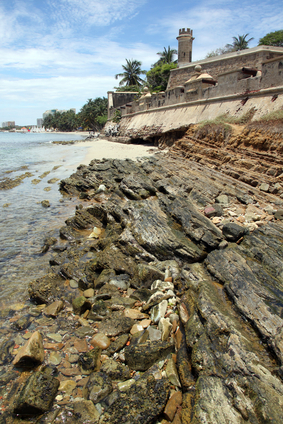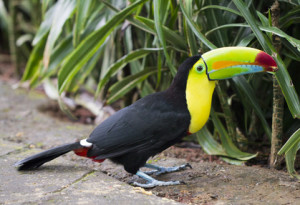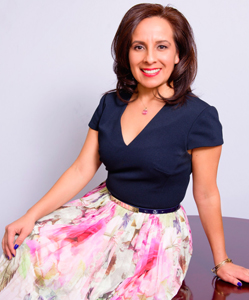History and Culture
 Groups such as the Mariche, Caquetio, Auaké, the Timoto-cuicas, and others lived in Venezuela before the Spanish arrived. Many died as European diseases reached the shores. These indigenous groups survived on the land by using it’s natural resources. It was so plentiful that they could fish, hunt or gather and easily survive without farming the land. Venezuela was a paradise for the Native Americans living there. Today, the indigenous populations make up about 1.5% of the overall population within the country. Most of these populations are centered around the southern Amazon Rainforest within Amazona as well as in the state of Zulia (the Andes region). Today there are about 26 different indigenous groups that live in Venezuela.
Groups such as the Mariche, Caquetio, Auaké, the Timoto-cuicas, and others lived in Venezuela before the Spanish arrived. Many died as European diseases reached the shores. These indigenous groups survived on the land by using it’s natural resources. It was so plentiful that they could fish, hunt or gather and easily survive without farming the land. Venezuela was a paradise for the Native Americans living there. Today, the indigenous populations make up about 1.5% of the overall population within the country. Most of these populations are centered around the southern Amazon Rainforest within Amazona as well as in the state of Zulia (the Andes region). Today there are about 26 different indigenous groups that live in Venezuela.
The first documented European explorer to go to Venezuela was Christopher Columbus. He visited on his third trip to the new world. Later explorers named Venezuela because of the slanted houses near the water, they reminded them of Venice. Venezuela was not as rich in minerals as other parts of South American, so it was not as colonized. That would change when large oil reserves were later discovered.
Venezuela may have started out slowly, but that would all change in the 1800’s. Simon Bolivar, with the help of British mercenaries would campaign against the Spanish. They liberated Columbia, Venezuela, Ecuador, Peru and lastly Bolivia. The majority of the army was made up of native Venezuelan people. Peace did not come easily because war, civil disputes, and border wars followed into the next century.
In the 1900’s the discovery of oil helped the country get on its financial feet. They started to see the financial benefits in the 1920’s. In 1947 Romulo Betancourt rewrote the country’s constitution and the first president was elected that same year. Turmoil followed, however, and in 1963 a non-violent presidential election was held. The following 25 years brought wealth through the oil boom and the country again grew stronger. The lower class, unfortunately, did not see the benefits. The financial future is still uneasy to this day. Riots and violence come in waves with oil prices dropping and then sky rocketing again.
Venezuela’s religion and mythology go back to ancient times. Most Venezuelans are a mix of Indian, European and African with some that are solely Caucasian, African American or Indigenous. Their years of turmoil led to a mix of nationalities, beliefs, food influences and a diverse background of culture. One of the best places to view the culture is through the Festivals. They spend the Festivals celebrating with family and friends and are based on years of tradition.
 The music is centered around Venezuela being freed from the Spanish. It is a melting pot of African, Spanish and Native music. Joropo is the country’s national dance.
The music is centered around Venezuela being freed from the Spanish. It is a melting pot of African, Spanish and Native music. Joropo is the country’s national dance.
Forty days before Easter Sunday they celebrate Carnival. People from all over the world come to celebrate as music is the core of this festival. The coastal and native towns have some of the biggest celebrations and Carnival is one of the most popular festivals in Venezuela.
The modern houses also show the cultural heritage as they are simply built. Art, dance, and music are all intergalactic parts of Venezuela’s history and culture. Most people speak Spanish but indigenous languages are still spoken in coastal and native areas throughout the country.




